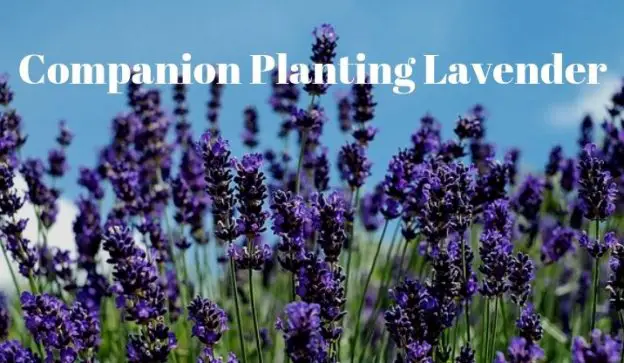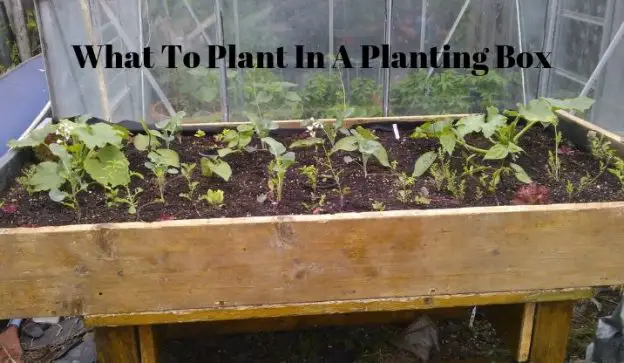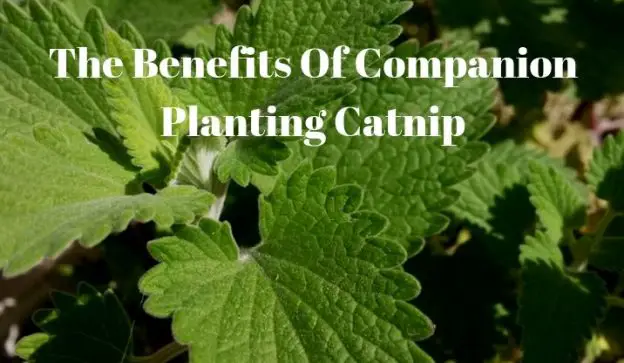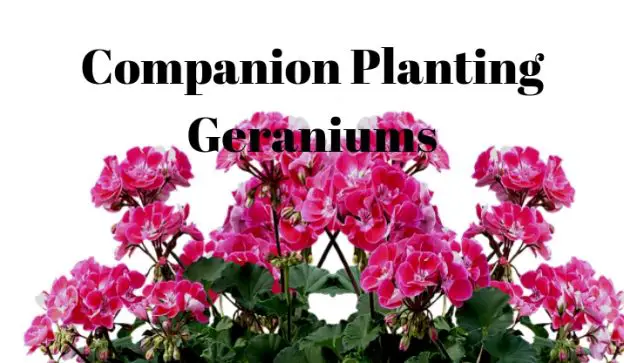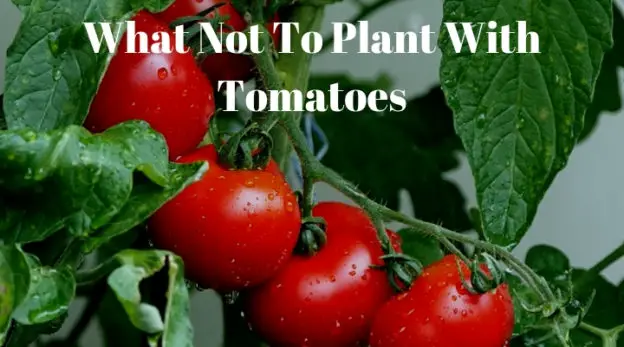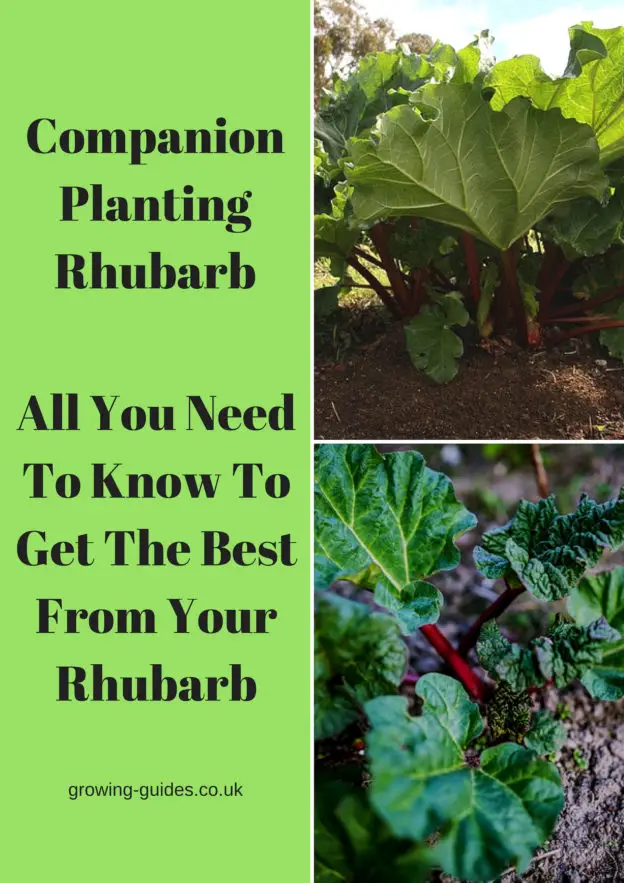Companion Planting Celery [What To Grow With Celery]
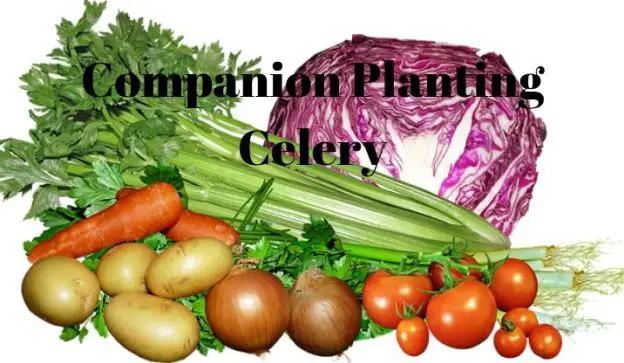
Not the easiest of vegetables to grow, but so satisfying when you get it right and the taste of home grown is far superior. As with most crops, celery will benefit from being grown with helpful neighbours. Companion planting celery with the following will be good for one or both of them. Companion Planting Celery As with all plants when looking for suitable companion plants we need to look at plants that are compatible. Not only with each other, but also with the sunlight and soil conditions needed for growing celery successfully. So what does celery prefer? Celery originated in… → Read More

